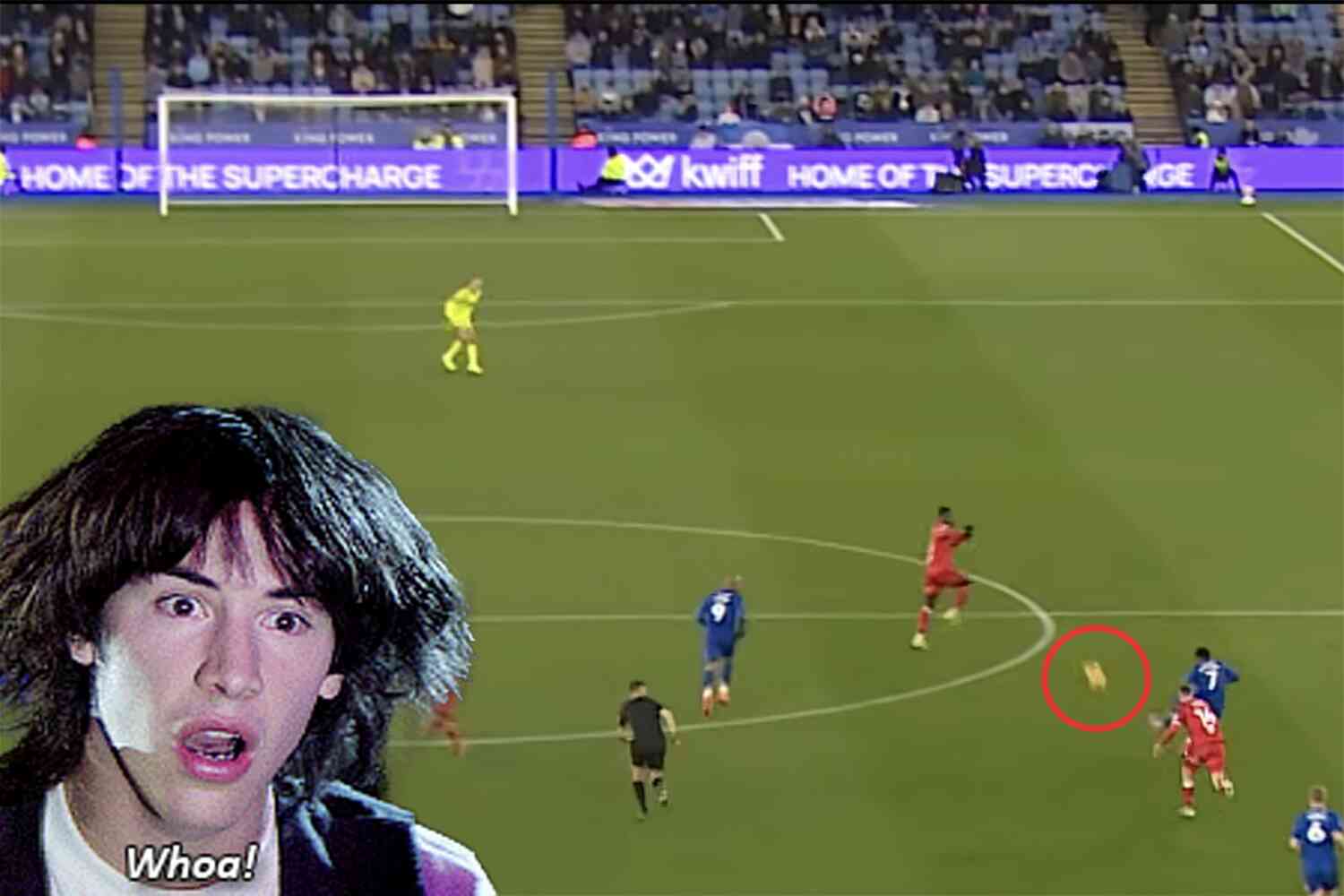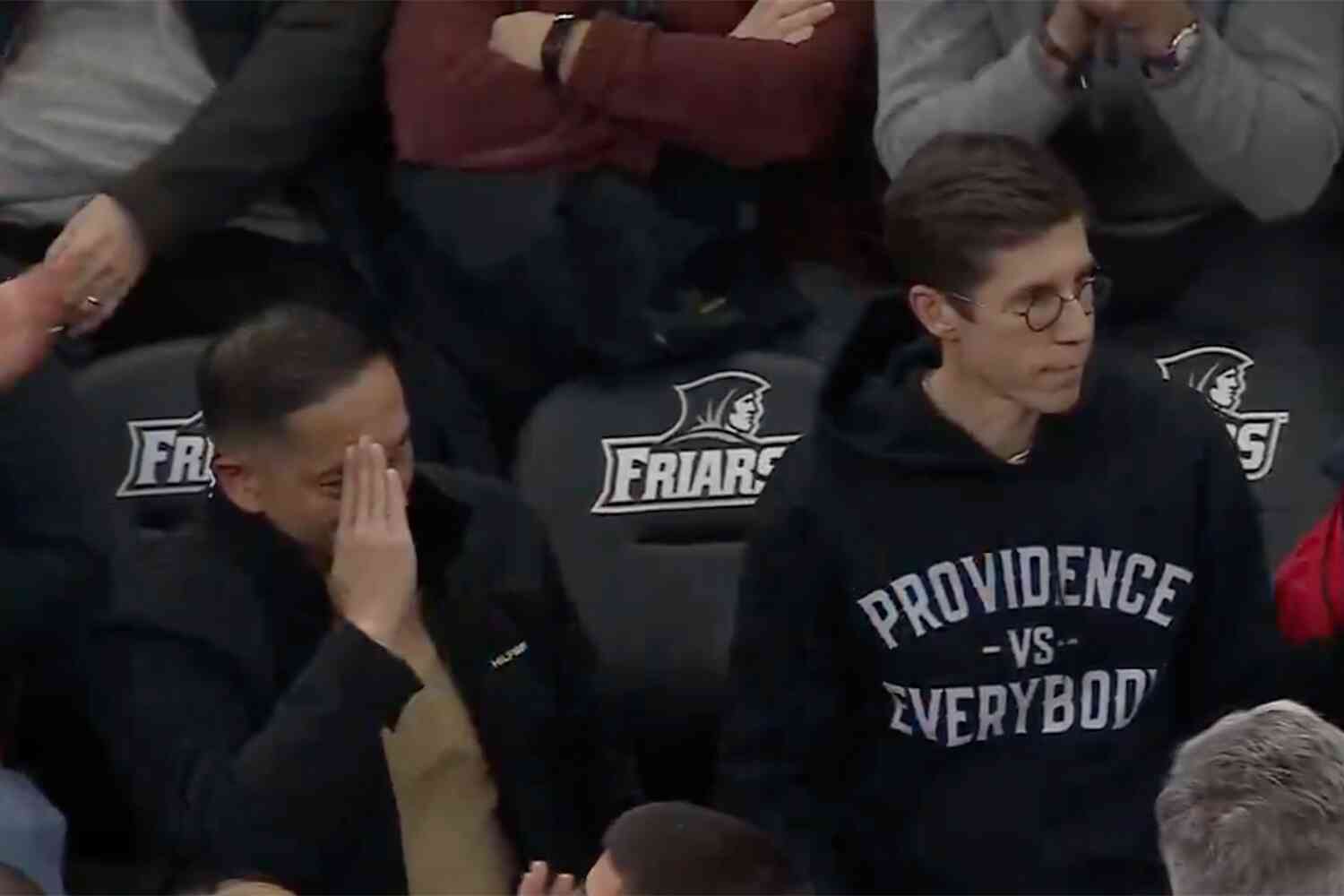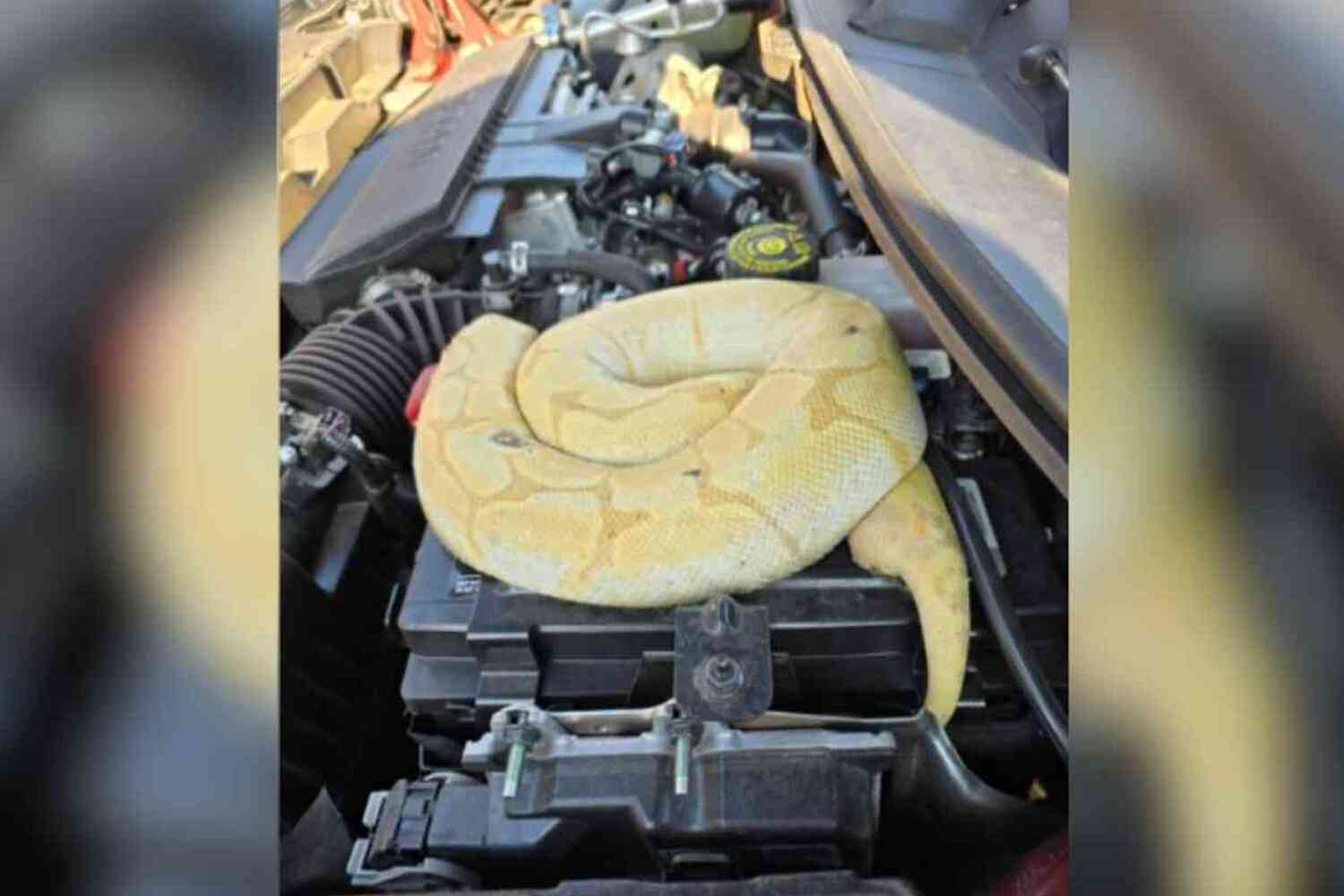Oceanic explorers this week announced the incredible discovery of the USS Samuel B. Roberts, the deepest shipwreck yet discovered and one that has lain very, very far beneath the ocean for roughly 80 years:
There's a new world's deepest shipwreck to be identified and surveyed -- and it's the USS Destroyer Escort Samuel B. Roberts (DE-413), known as the Sammy B.
Victor Vescovo, an explorer who has previously completed expeditions to the world's deepest points, located the wreck together on June 22.
It lies at a depth of 6,895 meters (22,621 feet), in the Philippine Sea. By comparison, Mount Kilimanjaro's peak is 5,896 meters, while the highest permanent settlement in the world, La Rinconada in the Peruvian Andes, is 5,100 meters (16,700 feet).
Yeah, 22,621 feet is just over four miles. That's a loooong way down.

But more incredible than the Sammy B's final resting place is what it did just before it was sunk—namely, it took part in one of the greatest military battles in U.S. history.
That was the Battle of Samar, "one of the largest naval battles in history" and one in which the American forces managed to prevail against almost-impossible odds.
The stage for the battle was set when Admiral William Halsey, Jr., took a huge vanguard of forces off to what ended up being a clever misdirection by the Japanese:
Halsey's Third Fleet would miss the battle and head off to the Battle off Cape Engaño where Ozawa's Northern Force consisted of one fleet carrier and three light carriers fielding a total of 108 airplanes (slightly more than the normal complement of a single large fleet carrier), two battleships, three light cruisers and nine destroyers. Halsey was convinced that the Northern Force was the main threat, just as the Japanese had planned their sacrificial diversion. Halsey took three groups of Task Force 38 (TF 38), overwhelmingly stronger than Ozawa's Northern Force, with five aircraft carriers and five light fleet carriers with more than 600 aircraft between them, six fast battleships, eight cruisers, and over 40 destroyers. Halsey easily dispatched what was later revealed to be a decoy of no serious threat.
The true threat was actually coming from Admiral Takeo Kurita, who in a clever feint convinced the American forces that he was retreating but who then doubled back in an attempt to cut off American landing forces in the larger Battle of Leyte Gulf.
Unfortunately, Halsey's departure had left just a handful of Task Units, or "Taffys," in the area, and they were hopelessly outmatched by Kurita's forces:
They were equipped to attack ground troops and submarines under the protection of Halsey's fleet carriers, not face off against Kurita's battleships and cruisers which had already largely shrugged off combined attacks from six fleet and light carriers. It would be up to them to improvise a last ditch defense as they were thrust by Halsey's mistake into the role of a sacrificial diversion to protect their landing forces.
So basically:

And did they fight? Oh brother, did they:
In the engagement, the Japanese had numerous large-caliber battleship and cruiser main guns with much more range and power than the Americans, but the Japanese guns lacked a blind fire capability and were thwarted by rain squalls and by smoke laid by screening American destroyers. Japanese fire control systems manually computing solutions for targets on a constant course were fighting American destroyers that would constantly alter course. The Japanese visual-aiming system produced "bracketing" shots; American ships' crews would rapidly maneuver to avoid following accurate shots, while still able to fire accurately due to the MK-37 radar-directed fire control system and its computer, and to their faster reloading. Samuel B. Roberts and Heermann devastated the superstructure of cruiser Chikuma.
In addition, the accurate U.S. 5 in (127 mm) and 40 mm anti-aircraft fire directed by radar and computer control shot down several kamikazes, and the lack of comparable systems made the Japanese ships vulnerable to American fliers. Lastly, the attacking Japanese force initially used armor-piercing shells which were largely ineffective against unarmored ships as they passed right through without exploding; American destroyers and destroyer escorts were engineered with enough redundancy to survive dozens of such hits.
The American escort carriers landed hits when the large Japanese ships, which could not maneuver while firing, came within range of guns as small as the 5 in (127 mm) carrier-mounted guns.
Absolute American gumption against an oversized imperial military force: Always place your bets on the Americans.
The Sammy B, meanwhile, performed spectacularly:
By 08:10, Roberts was nearing the carrier formation. Through the smoke and rain, the heavy cruiser Chikuma appeared, firing broadsides at the carriers. Copeland changed course to attack and told his gun captain, "Mr Burton, you may open fire." Roberts and Chikuma began to trade broadsides. Chikuma now divided her fire between the carriers and Roberts. Hampered by the closing range and slow rate of fire, Chikuma fired with difficulty at her small, fast opponent.
"Small and fast" doesn't quite cover it:
(Early in the battle, when it had become apparent that Roberts would have to defend the escort carriers against a surface attack, chief engineer Lt. "Lucky" Trowbridge bypassed all the engine's safety mechanisms, enabling Roberts to go as fast as 28 kn (32 mph; 52 km/h).
The chutzpah! And it worked! The Roberts would go on to participate in an absolutely blistering attack on the massive Chikuma:
Roberts did not share Chikuma's problem of slow rate of fire. For the next 35 minutes, from as close as 2.6 nmi (3.0 mi; 4.8 km), her guns would fire almost her entire supply of 5-inch (127 mm) ammunition on board—over 600 rounds. In this seemingly unequal contest, Chikuma was raked along its entire length. However, unknown to the crew of Roberts, shortly after Roberts engaged Chikuma, Heermann also aimed her guns at the cruiser, putting her in a deadly crossfire. Chikuma's superstructure was ripped by salvo after salvo of armor-piercing shells, high-explosive shells, anti-aircraft shells, and even star shells that created chemical fires even in metal plates. The bridge of Chikuma was devastated, fires could be seen along her superstructure, and her number three gun mount was no longer in action.
The ship would eventually be sunk before the battle was over; its location was unknown for nearly 80 years. Its final survivor, meanwhile, passed away in March of this year.
Just another incredible American story!

P.S. Now check out our latest video 👇









